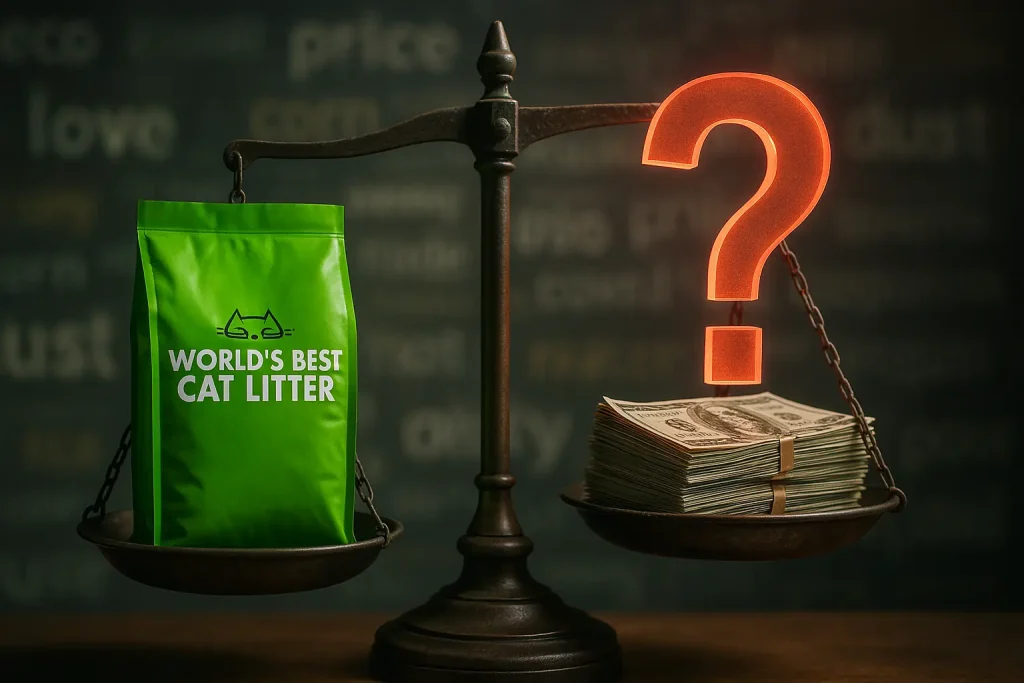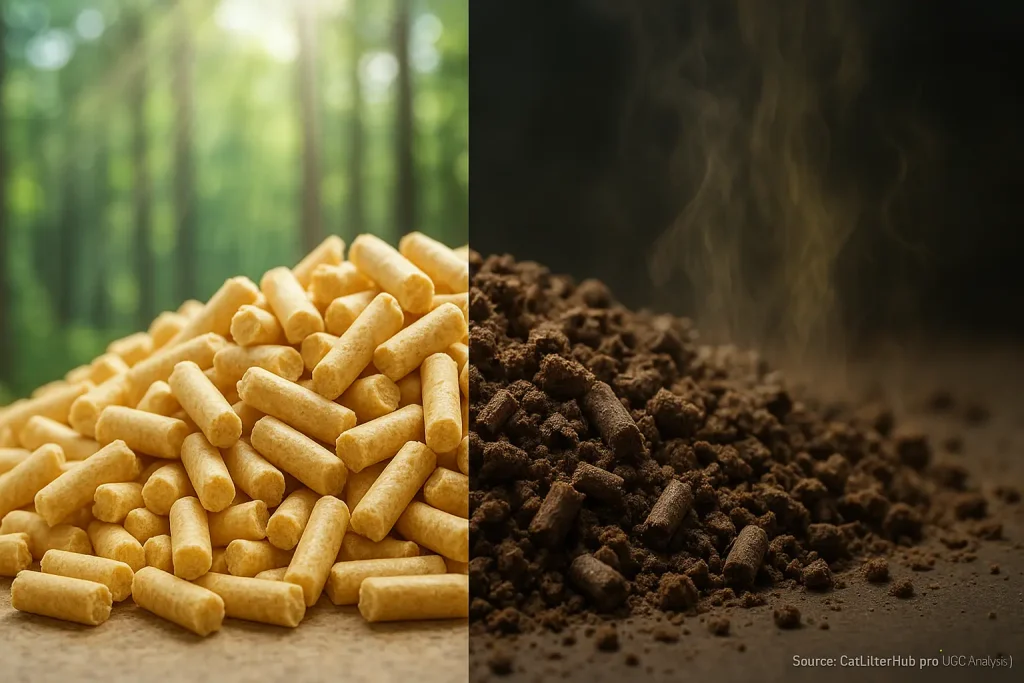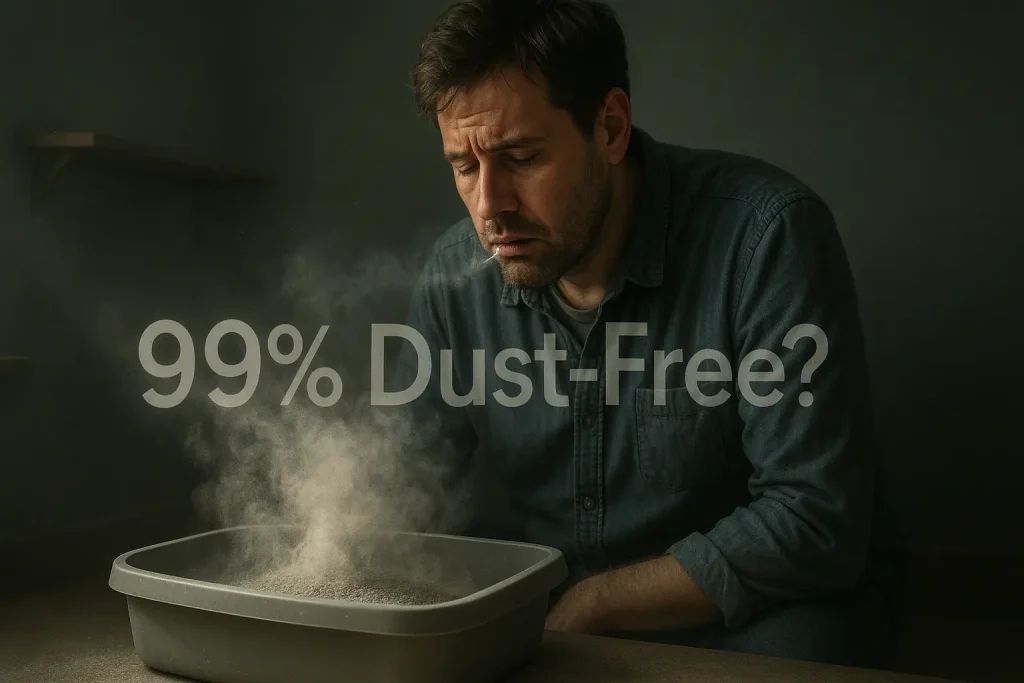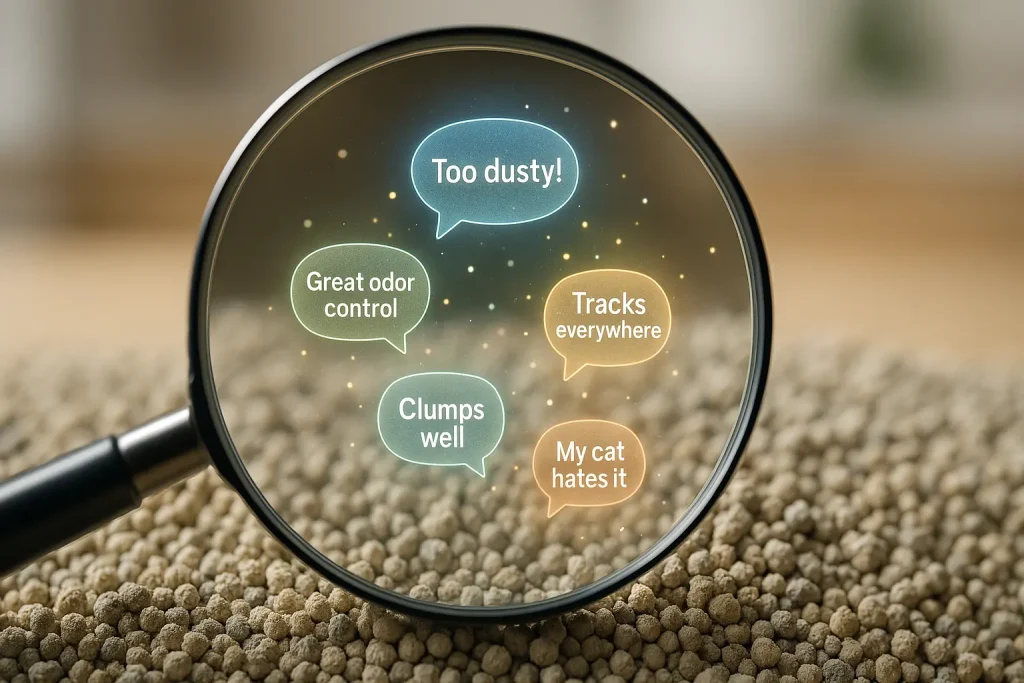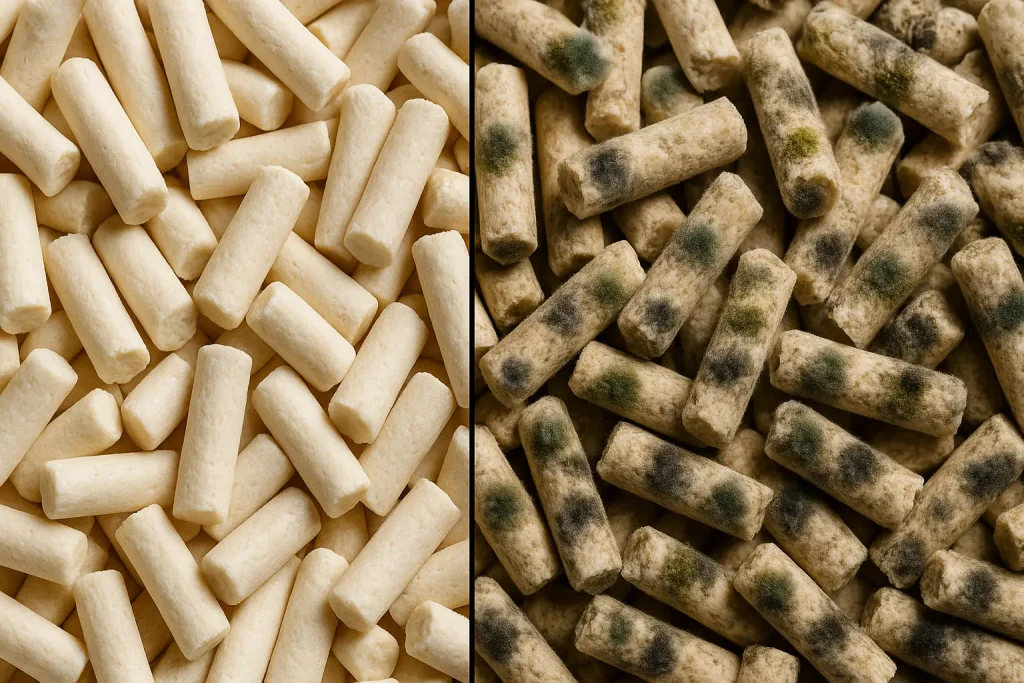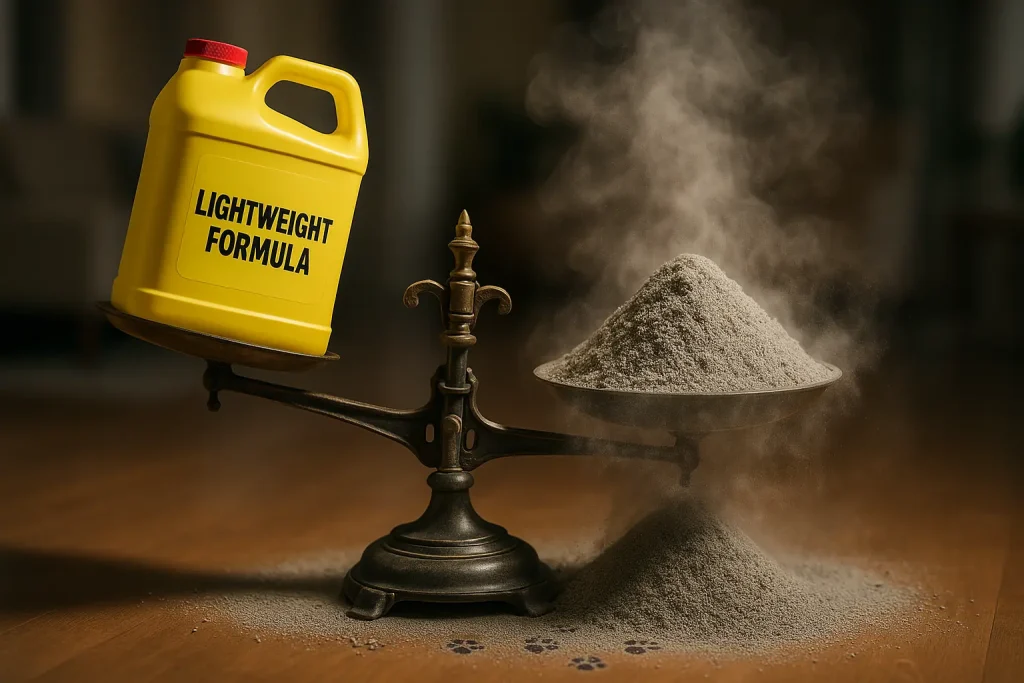The "Flushable" Promise: Too Good To Be True?
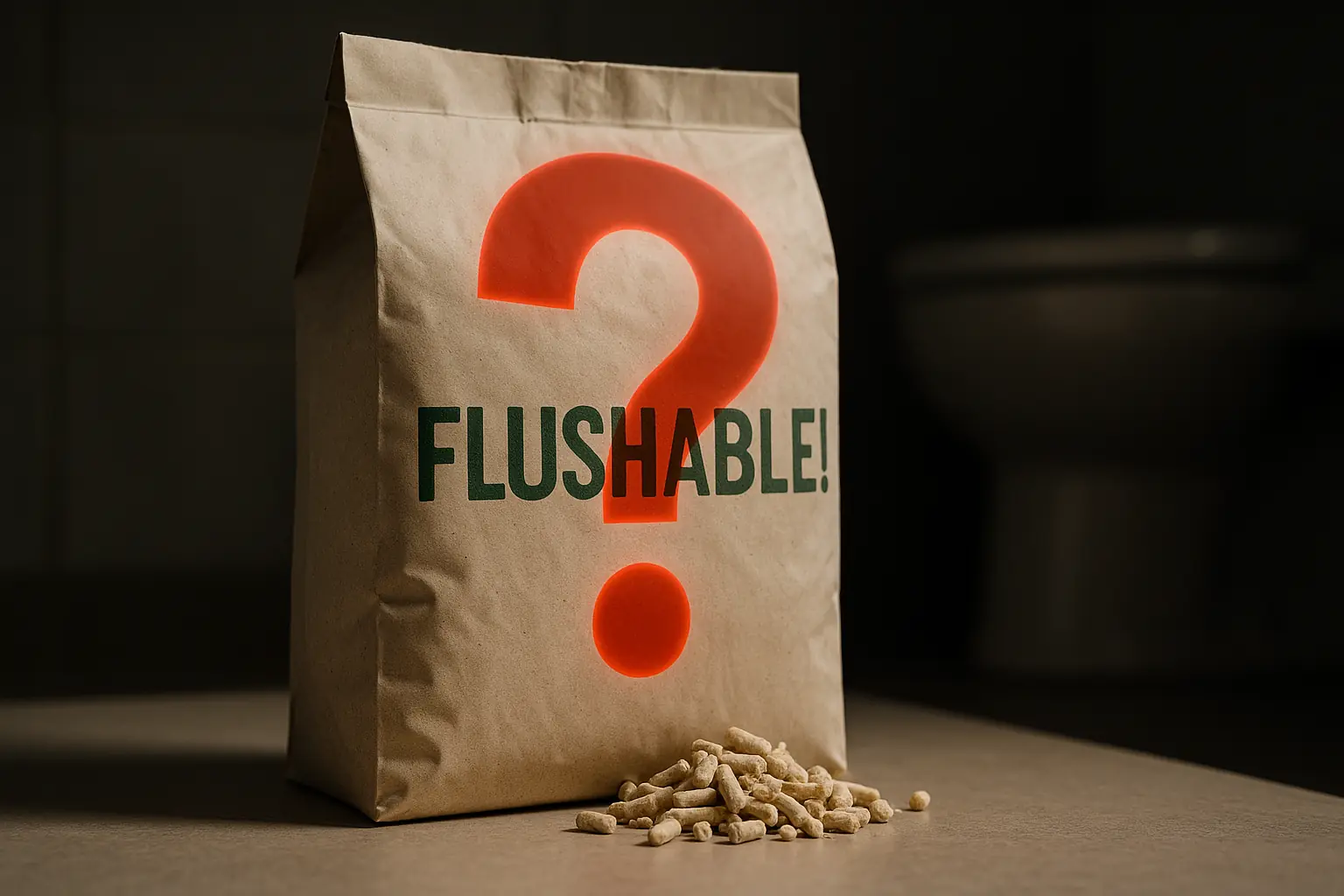
Tired of lugging heavy bags of used litter to the curb? The promise of 'flushable' cat litter tempts many. A dream solution, right? Just scoop. Flush. Forget. Manufacturers paint a picture of ultimate convenience. They frequently suggest eco-friendliness as well.
Labels frequently boast 'biodegradable' or 'septic-safe' status. You see these on litters made from corn, wheat, pine, or even paper. But what happens after the flush? That specific point matters. The attractive promise often turns into a costly, messy nightmare. Thousands of cat owners have unfortunately discovered this reality.
These are not minor inconveniences. We have analyzed countless user stories. These accounts detail stubbornly clogged toilets. Some report catastrophic septic system failures. Others highlight serious environmental concerns. This information provides facts. You need these before trusting that 'flushable' label.
The Clogged Reality: User Nightmares of Plumbing & Septic Disasters
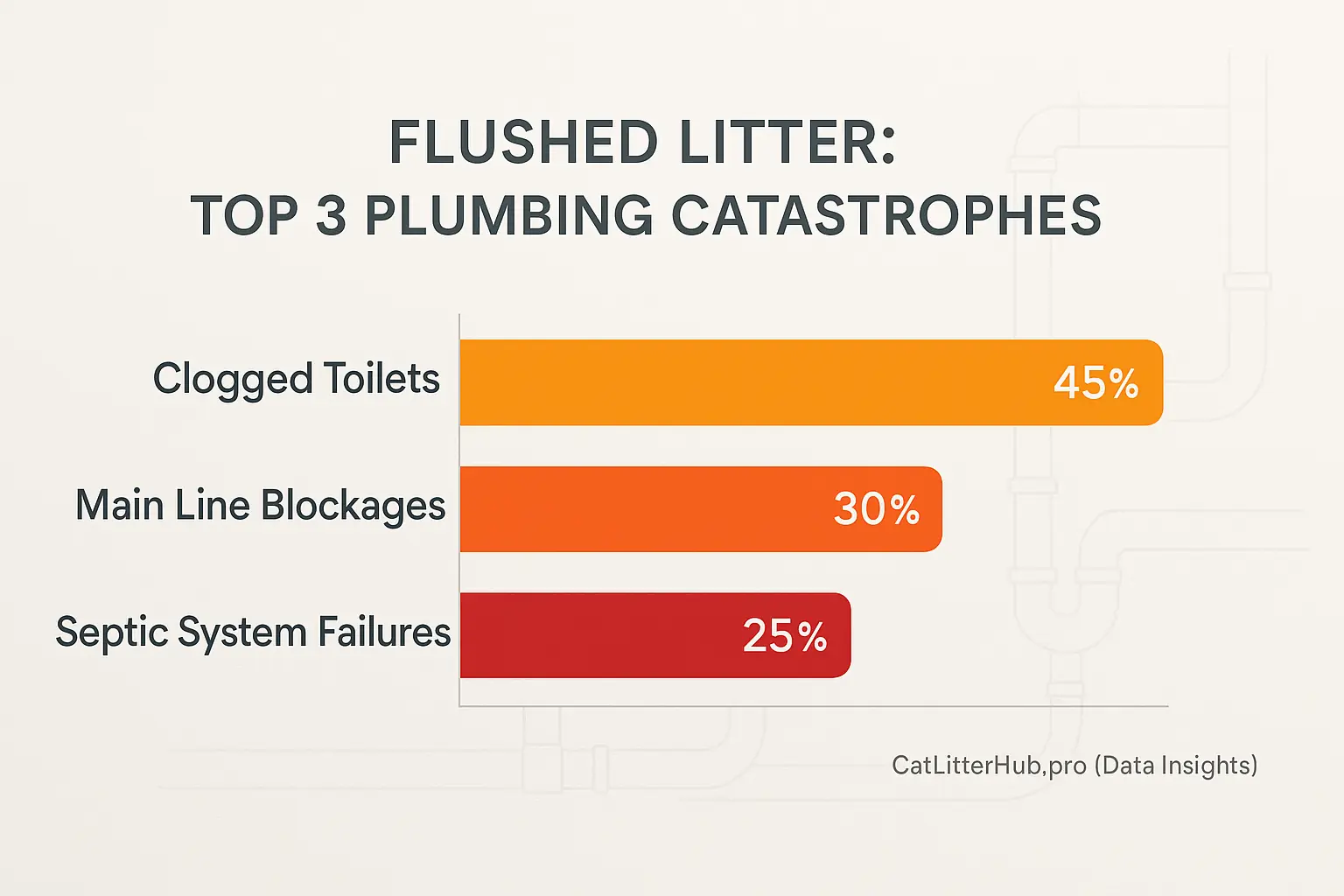
So, what actually happens when these 'flushable' litters meet your plumbing? For many, it is the start of a major headache. Cat Litter Hub's analysis of hundreds of user accounts reveals this disturbing trend. The patterns are alarmingly consistent. User reports detail serious plumbing problems.
Imagine this common story, pieced together from numerous user experiences. A cat owner chooses a 'flushable' litter. They trust the product's claims. Soon after, their toilet backs up. Water might even flood the bathroom. The plumber’s investigation often uncovers a solid mass. Swollen litter particles, far from dissolved, have lodged deep within the pipes. The repair bill frequently runs into hundreds of dollars. This scenario, our data from review sites consistently points out, is distressingly common.
It is not just toilets. Users report slow drains in showers and sinks. This sometimes occurs when owners attempt to rinse litter scoops. Such practices can contribute to main line clogs. Some homeowners describe gurgling sounds from their pipes. This is often an early warning sign. Many admit, in their shared stories, to ignoring these signals, leading to more severe issues.
For homeowners with septic systems, the stakes are even higher. A recurring theme in user forums is the catastrophic failure of these systems. Many users share horror stories. 'Flushable' litters can form impenetrable layers in their septic tanks. This often leads to complete system failure. The consequences include expensive emergency pumping. Sometimes, even leach field replacement becomes necessary. One user lamented, "That 'septic-safe' label cost me thousands!" The sheer number of similar disaster stories we've analyzed suggests this is a significant, under-reported risk.
While our analysis indicates no 'flushable' litter is entirely risk-free for plumbing, user-generated content frequently highlights particular problem types. Denser plant-based litters often swell considerably in water. These are commonly implicated in aggressive clogging incidents. Some clay-like 'flushable' products also draw significant user complaints. They simply fail to break down in water as advertised by manufacturers, according to countless owner experiences.
Beyond Your Pipes: The Environmental Ripple Effect & Expert Warnings
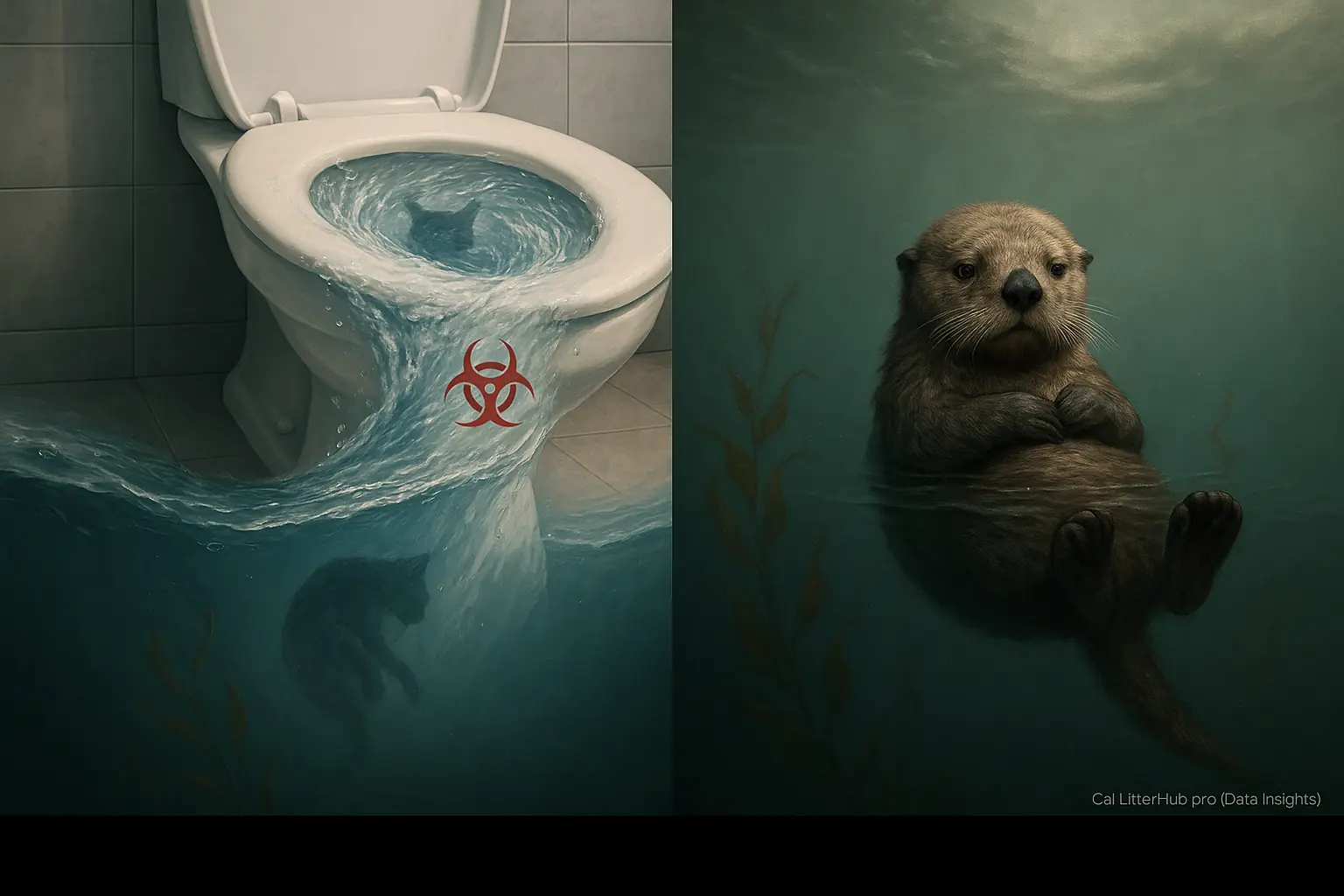
The problems with 'flushable' litter extend beyond your property line. Even if litter miraculously clears your pipes, it enters the wider water system. That journey introduces a serious, often unseen, environmental threat: pathogens.
Cat feces can carry the Toxoplasma gondii parasite. This microscopic organism is a major concern. While often managed by healthy human immune systems, T. gondii devastates marine mammals, like California's sea otters. It also presents significant risks to pregnant individuals and those with compromised immunity. Crucially, standard wastewater treatment plants are generally not designed to eliminate T. gondii oocysts effectively.
This isn't just theory. Numerous environmental agencies and veterinary organizations worldwide strongly advise against flushing any cat waste. Our research into official guidelines reveals bodies like the California State Coastal Conservancy have highlighted links between flushed cat feces and sea otter mortality. Consequently, many local authorities now officially prohibit flushing pet waste. The reason is clear: protecting public health and vulnerable ecosystems.
So, that seemingly convenient flush? It potentially contributes to a far-reaching ecological issue. The 'out of sight, out of mind' approach to pet waste simply fails when our shared water resources are at stake. Responsible disposal is a community responsibility. It protects our environment. It protects wildlife.
Safer & Saner: Recommended Cat Litter Disposal Methods (That Won't Wreck Your Pipes or the Planet)
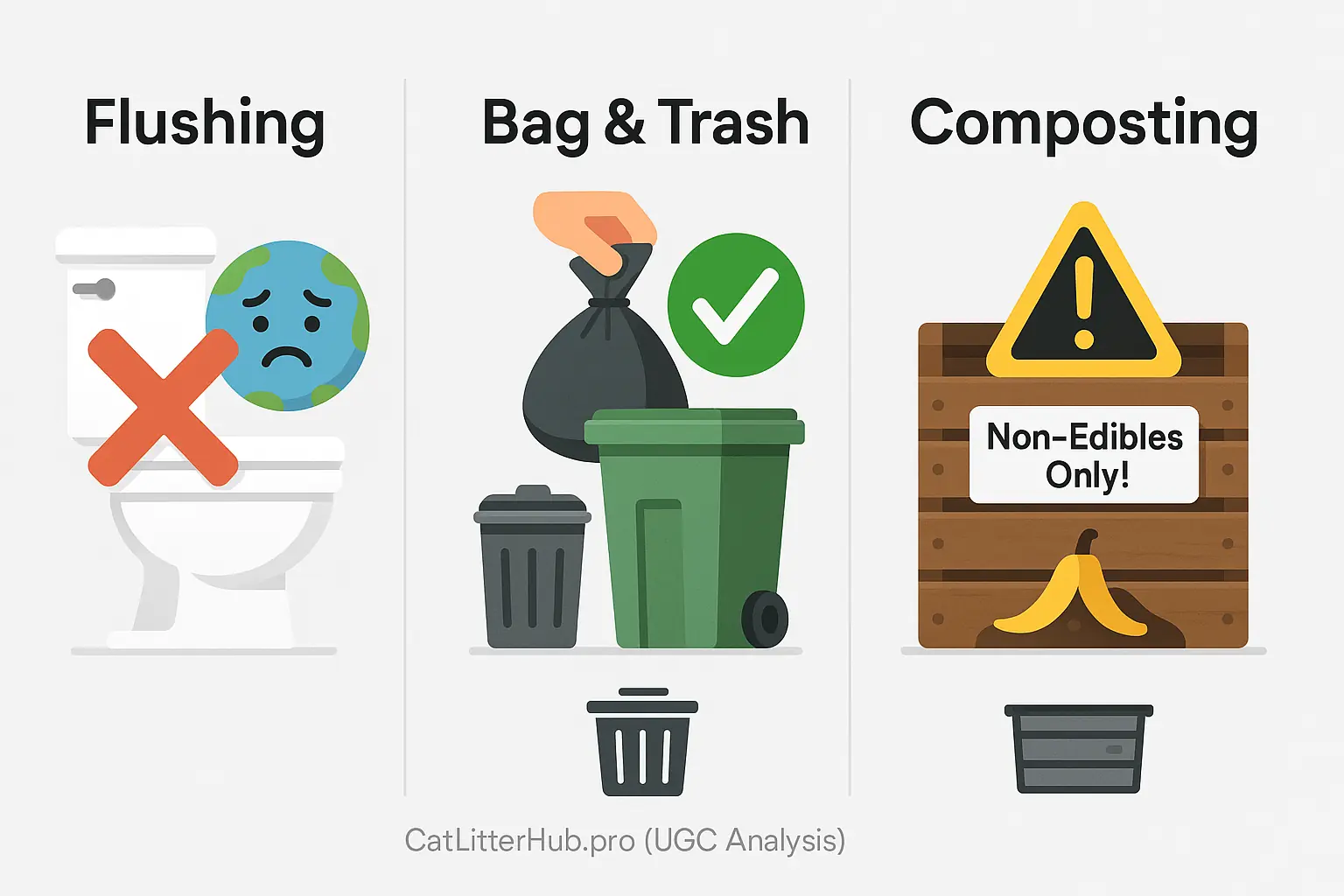
Okay, so flushing is clearly a terrible idea. What's a responsible cat owner to do? Thankfully, much safer – and saner – ways exist to handle used litter. These methods protect your plumbing, your wallet, and the environment.
The gold standard, endorsed by many vets and waste management professionals, is simple. Bag it. Trash it. Scoop solids daily. Place soiled litter regularly into a biodegradable bag or a sturdy plastic one. Tie the bag securely. Dispose of it with your regular household trash. This practice effectively contains pathogens. It also keeps litter out of vital waterways.
What about composting "biodegradable" litters? This area is complex. Certain plant-based litters can theoretically be composted. It is CRUCIAL, however, to never use cat waste compost on any edible gardens. Pathogen risk remains a significant concern here. A dedicated ornamental garden compost system might be feasible if your local guidelines permit such activity. Specific litters could then be an option. Research thoroughly. Proceed with extreme caution. Most cat owners find this approach impractical or overly risky.
Always check your local municipal waste guidelines. Some areas maintain specific rules for pet waste disposal. A little homework here prevents future trouble. It also ensures you are acting as responsibly as possible. Choosing the correct disposal method is profoundly important. It equals the importance of selecting the right litter. This reflects smart, responsible pet ownership. It keeps everyone healthier. And everything healthier too.
Related Insight: Silica Gel Litter Disposal: Eco-Myth vs. Landfill Reality (UGC & Environmental Facts)
Flushing most litters creates serious plumbing issues. Cat owners frequently report this costly problem. Disposal questions, however, extend beyond just flushable types. Other litters, including popular silica gel crystals, generate their own disposal debates and widespread user confusion.
Many cat parents ask about the real environmental impact of silica gel litter. Is it an eco-friendlier choice, or do prevailing beliefs mask landfill realities? Our upcoming analysis will sift through extensive user feedback and data to uncover the facts about disposing crystal litter.

